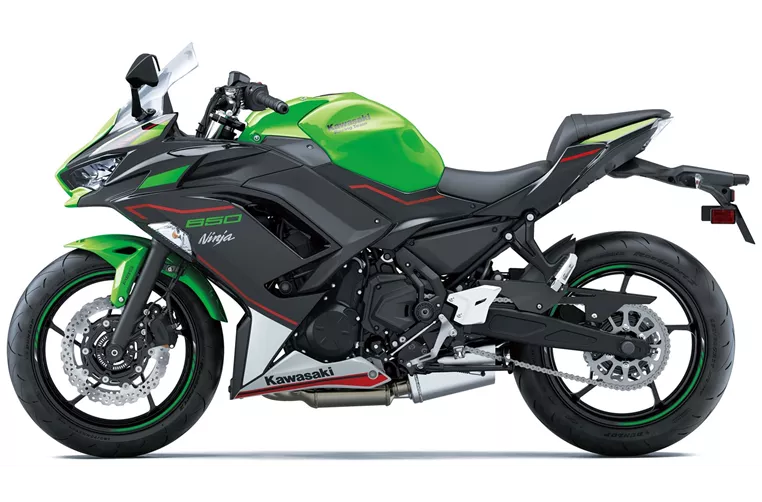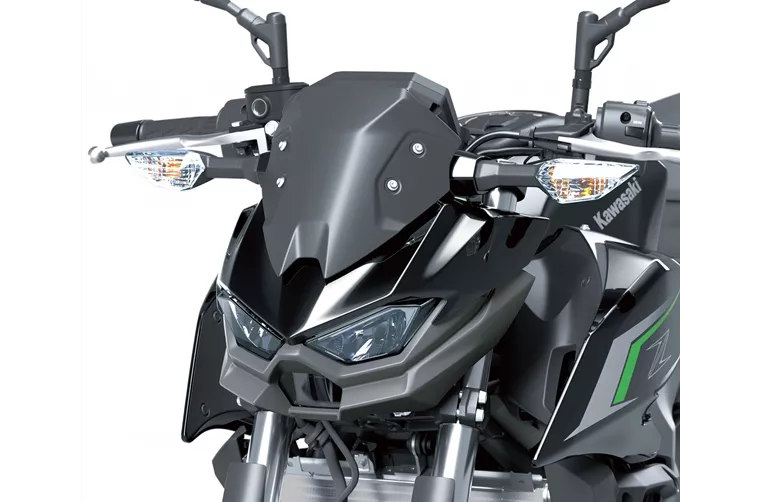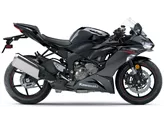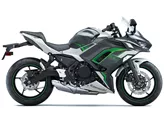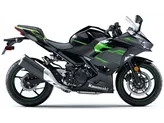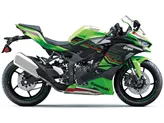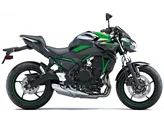Kawasaki Ninja 650 2021 vs. Kawasaki Z 500 2024
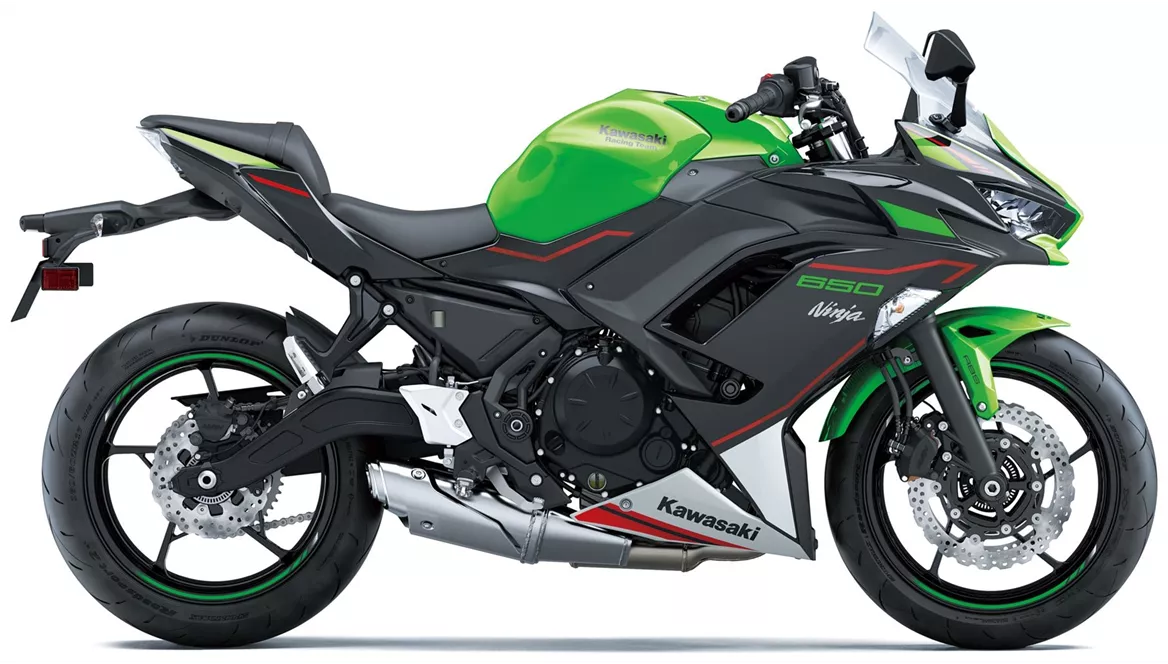
Kawasaki Ninja 650 2021
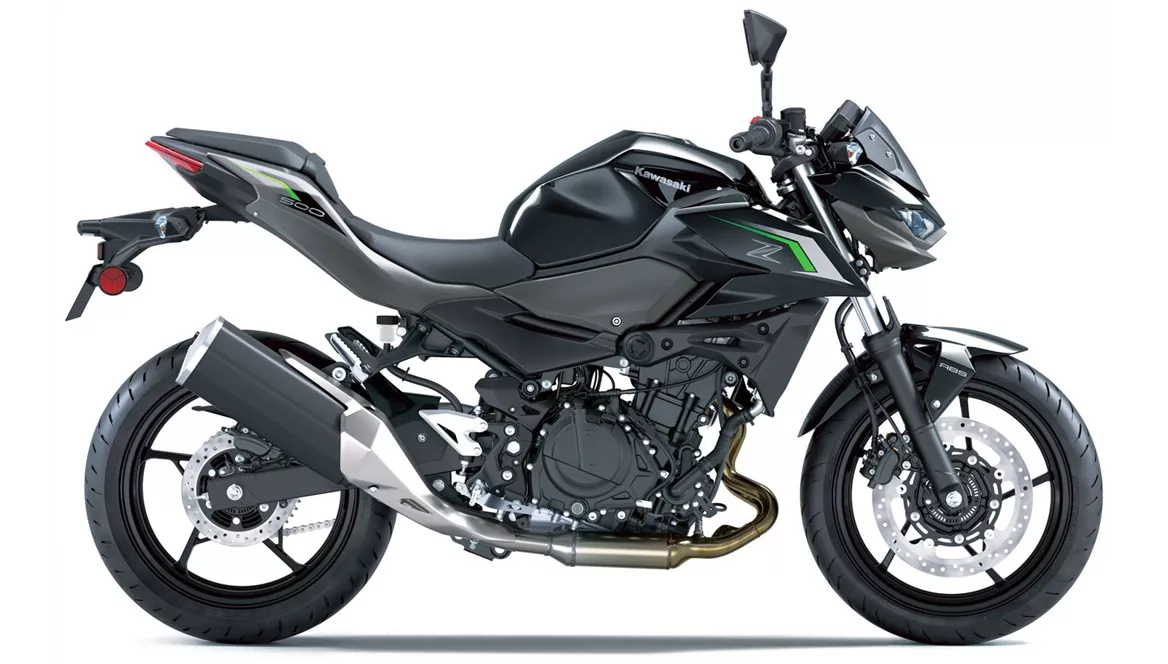
Kawasaki Z 500 2024
Technical Specifications Kawasaki Ninja 650 2021 compared to Kawasaki Z 500 2024
Pros and Cons in comparison
Pros and Cons in comparison
Kawasaki Ninja 650 2021
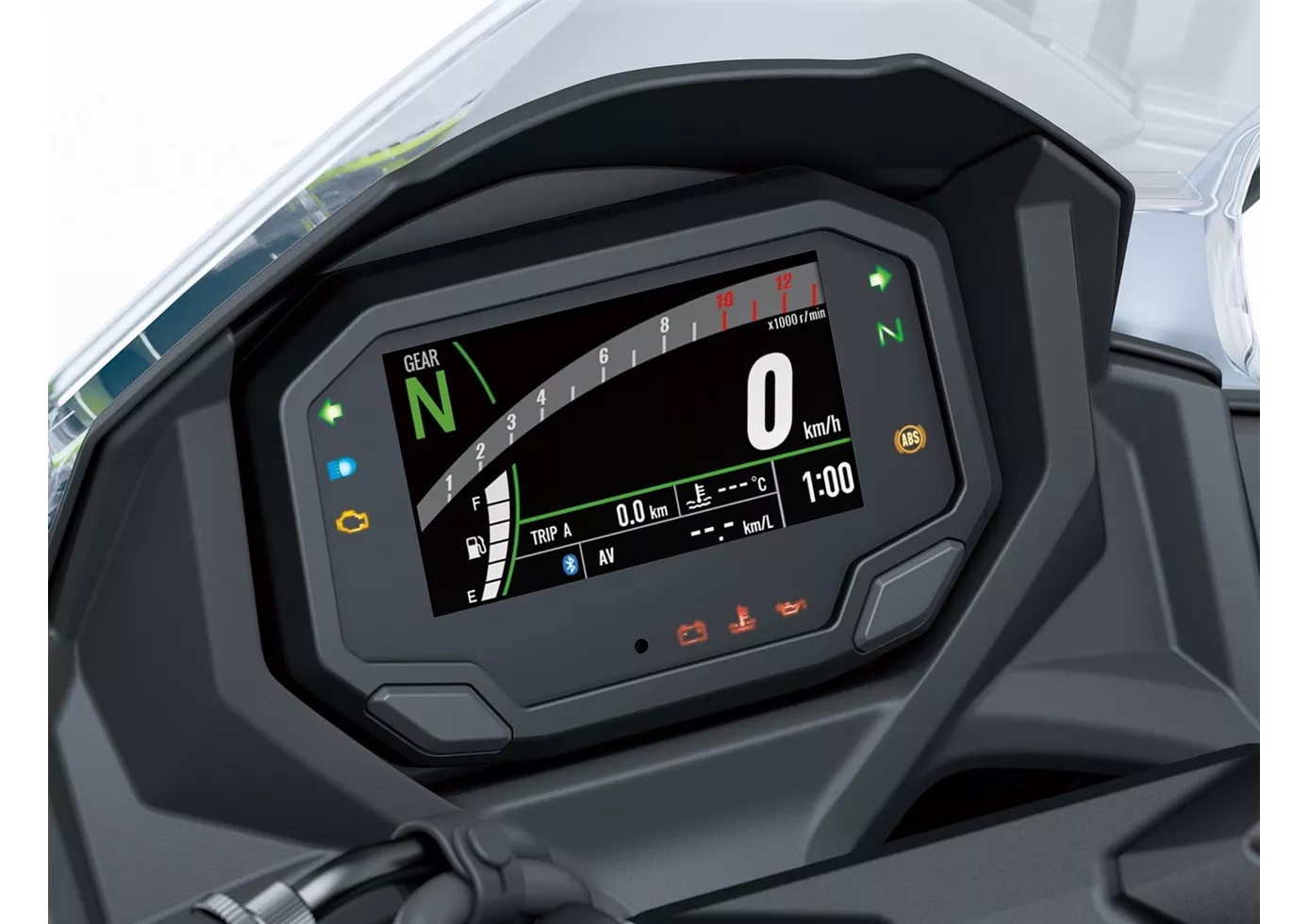
Save the sport tourer! With the Ninja 650, Kawasaki has created an exemplary representative of this class and (hopefully) solved the problem of the new generation. The stable chassis and the decent two-cylinder will delight beginners and advanced riders alike, even at a brisker pace. The front brake is a little too well intentioned, lacking a transparent pressure point despite basically good braking performance. Another plus is the TFT display, which we don't find in the competition at the moment, as well as the grown-up look, which is strongly oriented towards the larger Ninja models.
Kawasaki Z 500 2024
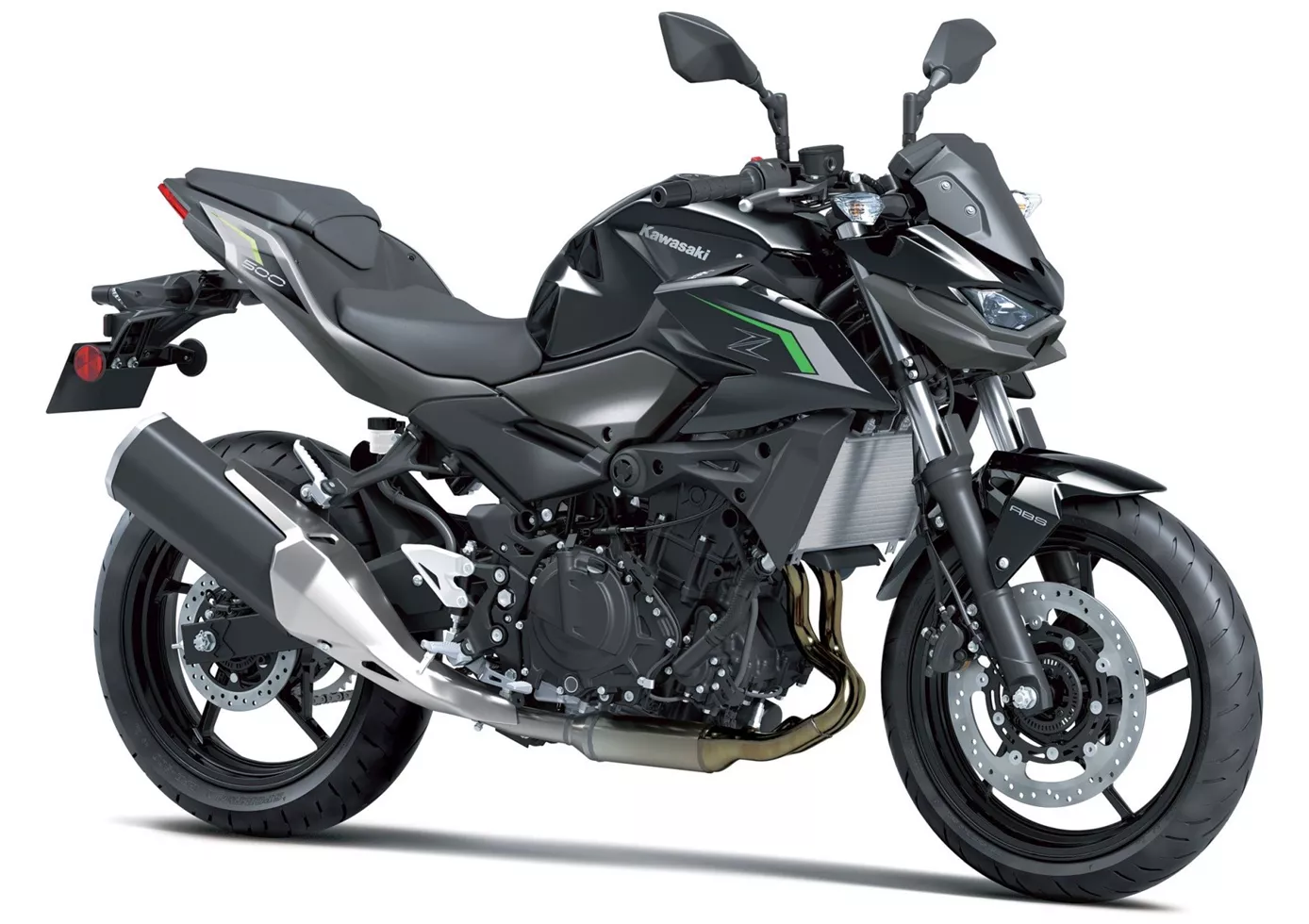
With 52 cubic metres more displacement, the new Z500 does not appear to be a ground-breaking development compared to its predecessor, the Z400, but the increase in torque actually makes for a much more confident and mature appearance. The handling remains extremely playful thanks to the low weight and narrower tyres, while the ergonomics are what you would expect from an easy-going A2 naked bike. The suspension surprises with a really successful compromise between sport and comfort for all weight classes. The unagitated brakes, the smooth clutch and the easy manoeuvring make it clear that the new Z500 is aimed at all newcomers. However, the better and more modern equipped Z500 SE does not cost much more than the standard Z500.
